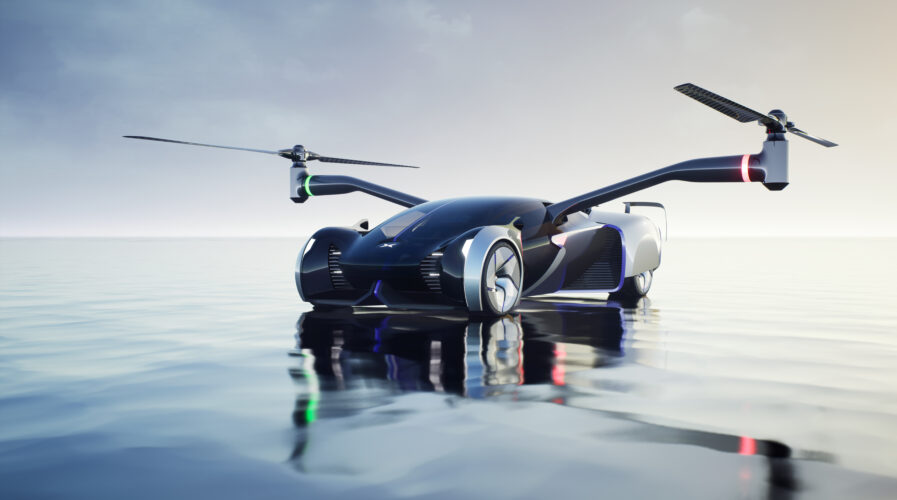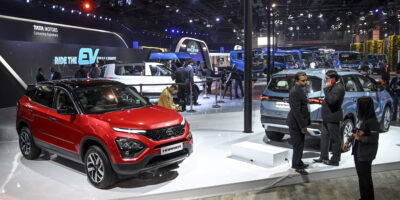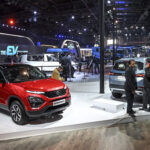
(Source – Xpeng)
Move aside Tesla, Xpeng aims to be top the autonomous vehicle provider in China
The Chinese autonomous vehicle industry continues to gain popularity, with Tesla admitting that China is one of its most successful markets for its models. Despite several issues with production and software, the American autonomous vehicle maker holds a strong position in the Chinese market.
However, things are now slowly beginning to change. As technology becomes more available, there have been several new car manufacturers in China that are hoping to make an impact on the Chinese electric vehicle market. One of them is Xpeng.
During its tech day event, Xpeng announced several updates for its semi-autonomous driving system which CNBC reported will be challenging up to Tesla’s advanced driver-assistance system or ADAS. The Xpilot 3.5, Xpeng’s latest ADAS upgrade, includes a new feature which allows Xpeng’s cars to change lanes, speed up or slow down, or overtake cars and enter and exit highways. The system was previously designed just for highways, but now Xpeng will be releasing this feature for driving in cities.
“Man-machine co-pilot functions will remain critical for the foreseeable future. Our mission is to progressively transition from advanced driver assistance to full autonomous driving, with a clear roadmap to connect all driving scenarios. Our closed-loop data operation, fast software iteration and mass production capability – all created in-house – put us in pole position to significantly improve safety and resolve the industry’s long-tail issues in China,” said Dr. Xinzhou Wu, Vice President of Autonomous Driving at XPeng, at the Tech Day event.

(source – Xpeng)
Tesla’s ADAS system has been making headlines for the wrong reasons recently due to growing concerns over the system’s capabilities. US regulators have been questioning the safety of ADAS, with the National Highway Traffic and Safety Administration (NHTSA) opening a preliminary investigation into the system. NHTSA has cited eleven incidents of collisions while the ADAS function was engaged.
Tesla also had to roll back its latest version of its Full Self Driving software as users complained of false collision warnings and other issues. Elon Musk himself tweeted that the software upgrade is still in its beta stages and still has some testing to be done.
As Tesla tries to fix their issues, electric vehicles in China will be hoping to make the most of the opportunities available to them. In fact, Reuters reported that new energy vehicles in China are expected to make up over 35% of new vehicle sales in China in 2025. The figures clearly indicate why carmakers like Xpeng are rushing to perfect their models and releasing new software with better features as well.
Interestingly, it also seems that autonomous vehicles are not the only mode of transport gaining traction. Xpeng also announced plans to roll out HT Aero, a flying car that can also drive on roads in 2024. The vehicle will have a lightweight design and a rotor that folds away, allowing it to be driven on roads and then fly once the rotors are expanded.
While Xpeng hopes to dominate the autonomous vehicles market in China, Honda is also now planning to focus on China with its new range of electric vehicles in 2024. The Japanese carmaker plans to start phasing out everything but battery-electric and hydrogen fuel-cell vehicles by 2040 and hopes the entry into China can boost its agenda.
As the world’s largest auto market, China believes the autonomous vehicle market, which include battery-electric, plug-in hybrid, and hydrogen fuel cell vehicles, will be able to combat pollution and support the country’s car technologies.
READ MORE
- The criticality of endpoint management in cybersecurity and operations
- Ethical AI: The renewed importance of safeguarding data and customer privacy in Generative AI applications
- How Japan balances AI-driven opportunities with cybersecurity needs
- Deploying SASE: Benchmarking your approach
- Insurance everywhere all at once: the digital transformation of the APAC insurance industry


